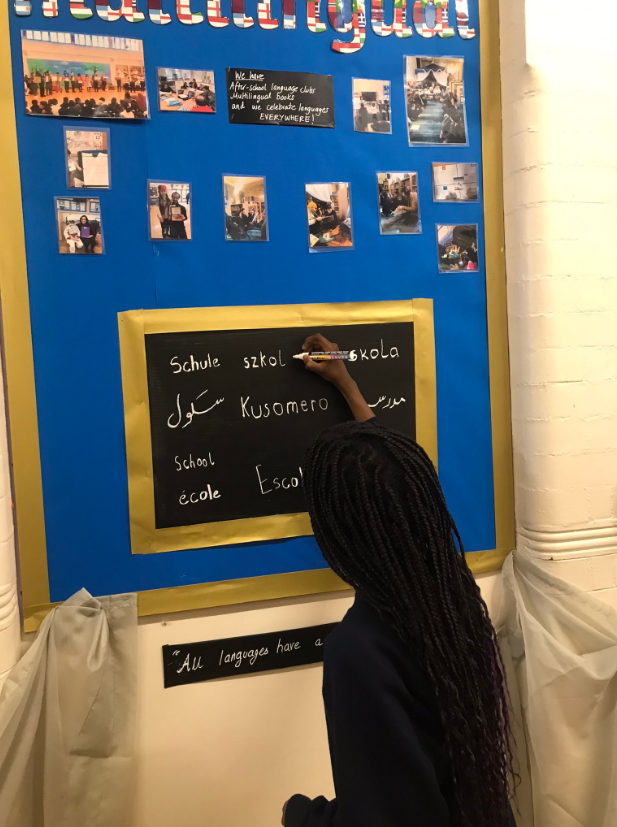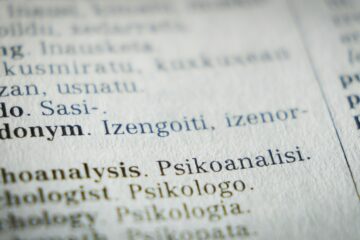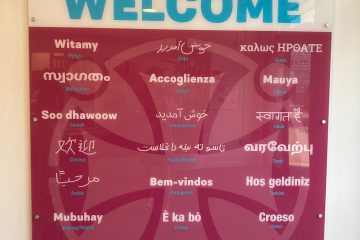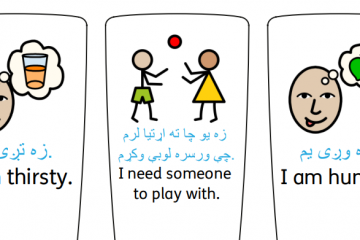Creating a multilingual approach at school has meant rethinking how languages are used and how we interact with them. Firstly as individuals, then as teachers/educators who shape learning on a daily basis for our students. Being part of a school that welcomes change and promotes innovation has certainly helped with championing this, and staff having autonomy in planning has allowed creativity in how we carry this out.
A display that encapsulates ‘multilingualism’ was what we needed now. With staff, children and community onboard, how do we put on a display what our approach is? I started asking staff and children, ‘What would a ‘Multilingual’ display look like?’ suggestions given were some of the tried and tested displays, a display of languages spoken, or a map with all languages highlighted. However, I felt this did not truly reflect our approach.

Using some blackboard paper, we created a display that could be used practically. A place where languages could be added, changed and adapted, a way to reflect how languages are used at Kensington. Children would be the way forward in this, choosing the word and translating it into their first languages.
I recruited a small group of year 5 children, children that all joined school within the last two years, children who were using their first language to support their learning at school. As all languages are equal at Kensington, we would use their home language to write the first word/phrase and children, staff and families could then translate it.
As soon as we started the interactive display, it became a talking point. Who knew what language and how accurate their translation is, we were all intrigued. I found some staff waiting for the new word to be added so they could proudly add their language; some staff were out of practice and needed to contact friends and family to add their word. Children were coming to check if their language was added. A Bulgarian child whilst walking past commented, ‘Well anyway, I can write Bulgarian even though it’s hard.’ So the other children invited her to write and now she is part of the growing group of language advocates. A parent who regularly uses the school commented, “Russian isn’t there!” ‘So add it?’ I replied. ‘There’s not many Russians here, so there’s no point.’ was the response. That is where the issue is, of course it matters. All languages have a place and allowing them a space to display it will foster a sense of belonging.
Learning how some words sound the same and some words translated, have a profound meaning. Luganadan for school is ‘Kusomero’ and in Yoruba it is ‘Ile-eko’ which means ‘House of learning’. Observing pupils’ discussion on lexis and what they feel should be translated has been fascinating. Concrete simple words have been used these first few weeks and I wonder if they will be brave with the abstract.
The curiosity and pride that comes from this display is wonderful to witness. Similarities, differences, directions and scripts, all of this is more visible and it creates a space where languaging takes place. Where languaging is shaping our understanding of our backgrounds and identity.
Soofia Amin, Assistant Head Teacher and Specialist Lead in Education for Multilingualism, Kensington Primary School, East London



0 Comments